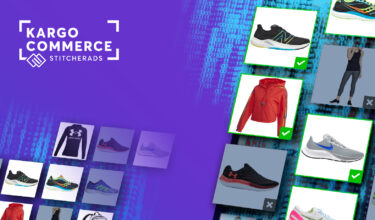Cart abandonment continues to be a dilemma for retailers.
The vast majority of shoppers browse ecommerce sites, add products to their carts, and then … ghost. In 2017, retailers experienced a cart abandonment rate of 78.65%, according to figures from Barilliance. That was a slight increase over 2016 when the rate stood at 77.24%.
Re-engaging a cart abandoner can feel like a challenge, but really – it’s a massive opportunity to resonate with someone who has expressed interest in your products.
With dynamic product ads, Facebook facilitates the retargeting process. This offering automates the products your cart abandoners see on Facebook and Instagram.
This removes the tough part from the equation ‒ leaving you to focus on messaging. Here are several approaches you can take when retargeting cart abandoners.
1. Entice your shoppers with free shipping.
Shoppers hate paying for shipping. There’s a popular meme that illustrates just how much people dislike this aspect of online shopping. They’re perfectly fine adding $100+ of items to their carts, but a $5 shipping charge makes them question everything.
The data backs this up. Approximately 35% of cart abandonments occur once shoppers see the shipping costs.
If your customers are on the fence about completing a high-value order because of the shipping cost, retarget them with messaging that calls out free shipping. Let them know that this is a not an extra expense they’ll have to incur if they complete that order.
Take a look at this example from Pact Apparel.

After adding a dress to their cart on the Pact Apparel website, a user was retargeted with this ad on Facebook. Although shipping is usually $5 for orders under $79, the retailer clearly highlighted that there’s an opportunity to remove that added expense.
2. Direct buyers to go in-store.
Many people still crave the physical experience of going in-store before they commit to a purchase. A solid 58% of shoppers say they want to see a product before it’s delivered, according to a June20 study. And 53% say they want to have a hands-on experience with an item before purchasing.
Retailers with brick-and-mortar stores should be directing cart abandoners to engage with products at locations near them. What might that look like on Facebook and Instagram? If an online shopper abandons their cart and has not converted online within 24 hours after you’ve retargeted them, show them a personalized ad displaying the product and with directions to the nearest store. Make sure to show an image of the item they added to cart in the first tile, and include the opening times, distance, and map to the nearest store.
Check out this example from fitness retailer Finish Line.

Most retailers still haven’t caught onto this strategy, and it’s a missed opportunity to drive revenue.
3. Build some urgency.
Want to get shoppers to act fast? Weave some FOMO into your messaging. They may have added that item to their cart, but the opportunity to buy it isn’t going to last forever.
Check out this ad from Wayfair.

The messaging is subtle, but it indicates that if the shopper doesn’t act soon, they’ll miss out on these items.
4. Show off how much other people love the product.
A whopping 70% of U.S. shoppers are more likely to buy a product after seeing it featured in a relatable user-generated image, according to an Olapic study.
It’s that simple: Social proof sells.
Bonus points if you’re able to curate user videos. Stats show that shoppers who view video ads are 1.81x more likely to complete a purchase.
Here’s an example from beauty brand Glossier for their “Solution” product.

This video features a montage of people who are using Solution on their faces. Each person explains what this product has done for their skin. Because it’s a video, it hooks users right away. The user-generated content isn’t overly produced, so they fit in organically with what people are seeing on Instagram. But most importantly, the video provides users with the social proof they need to complete the transaction.
Once you hook them, make it easy to convert
If you’re able to retarget shoppers and drive them in-store using the strategies outlined above, you’re golden. But, if you’re still focused on digital sales, keep in mind that people who shop on mobile devices are significantly more likely to abandon a cart than those who are shopping via desktop. Failure to make the checkout process as seamless as possible will result in constant cart abandonment rates.



